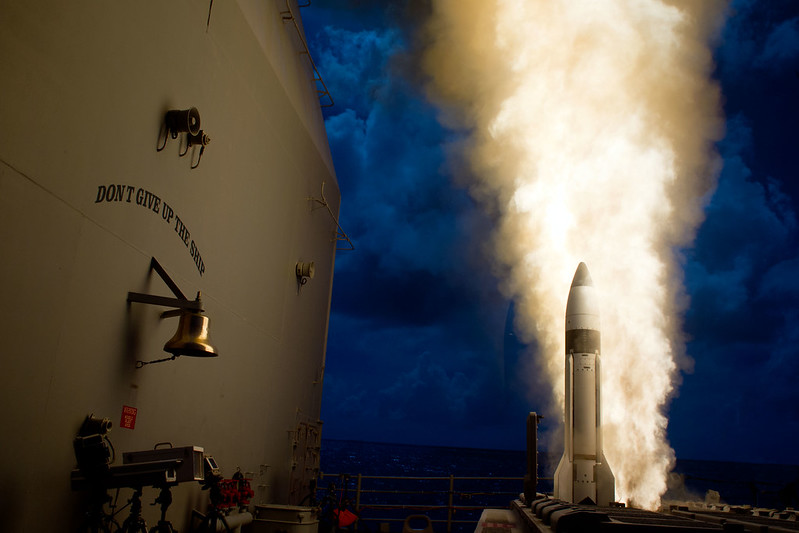China’s missile test demonstrates disrespect for Pacific

China’s launch of a missile with a dummy warhead across the Pacific on 25 September and responses from Beijing and Paris reveal a lack of respect for Pacific island countries.
Not only did China demonstrate its disconnect from the Pacific in an unnecessary show of military force; it reminded others that even in the Pacific, it does not prioritise relationships with Pacific island countries.
The missile launched from China travelled nearly 12,000km, passing close to or over Pacific island countries and landing 700km from French Polynesia, a semi-autonomous overseas territory of France.
China notified Australia, France, New Zealand and the US of the impending launch. This selective view of powers in the Pacific reveals China’s show of force to have been a blunt message intended for Western audiences, as if they were the only ones that mattered. China ignored the Pacific islands the missile overflew or came close to and maybe didn’t even think of the message they could receive, that they could be potential targets.
Despite China’s enthusiastic investments in Pacific island countries, it clearly does not prioritise its relationships with them and its interests don’t align with those of the region.
France also should consider whether it could do better. Despite being notified by China, Paris apparently failed to pass the information on to French Polynesian leaders and later gave no clear statement of its position on the launch. Instead, France’s high commissioner in French Polynesia, Eric Spitz, downplayed the significance of the launch, noting that the payload had been inert and had fallen in international waters and that China had given France notice. Only ‘if they see it fit, at an appropriate time, would French authorities make their position known on this launch’, Spitz added.
In contrast, the president of French Polynesia, Moetai Brotherson, expressed ‘disappointment on the fact that we had not been informed about this launch’. It is a double disappointment for French Polynesian leaders. They are right to expect clear communication from Paris, and they should have the full backing of Paris when they need to speak out. Brotherson says he will seek clarification from the high commission and French President Emmanuel Macron and personally express his concerns to the local Chinese delegation.
Only on 18 October did Spitz express his regret that Papeete was not informed, but he reaffirmed his position that ‘China respected international law’. Spitz’s apparent consistent lack of concern is in stark contrast to Brotherson’s position. Paris should not speak for Papeete, but it should show support for the latter’s concerns.
Those who did publicly criticise the test included Australia, Fiji, Kiribati, New Zealand and Palau. Kiribati’s response was a reminder of Pacific priorities and partnerships. Kiribati President Taneti Maamau, sometimes characterised in media reporting as China’s Pacific ally, was clear on his stance against the launch in a statement published by his office. The presidential office took issue with not getting notice of the test. The statement also highlighted that Kiribati’s position against weapon testing is the same ‘at the regional and international stage and it is the same at the bilateral level’.
That is to say that Kiribati does not take sides. Rather, Kiribati’s priority is Kiribati, and its leaders and government will speak out when partners act against its interests. Simplistic views of Kiribati’s foreign relations will only make it more sceptical of those claiming to be its partners.
In response, the Chinese embassy in Kiribati dismissed notification as unnecessary, as the test ‘was not meant to target Kiribati or any other country in the Pacific’. To believe this requires intentionally forgetting that Australia, France, New Zealand and the US were warned. In taking this attitude, China failed to recognise that its actions were unwelcome or to concretely respond to Kiribati’s complaints.
The failure to effectively engage with repeated messages from Pacific island countries about the test is a further sign of China’s deprioritisation of Pacific island countries themselves in its approach to the Pacific region. Rather than engage with them, China acts as if it expects them to unquestioningly accommodate its interests and behaviour.
Fijian Minister of Home Affairs Pio Tikoduadua explicitly mentioned the issue of respect. ‘If countries of the world want respect, then you know, we should be giving respect first,’ he said.
It may have been a message for China, but it is one that other powers in the Pacific should take note of.


